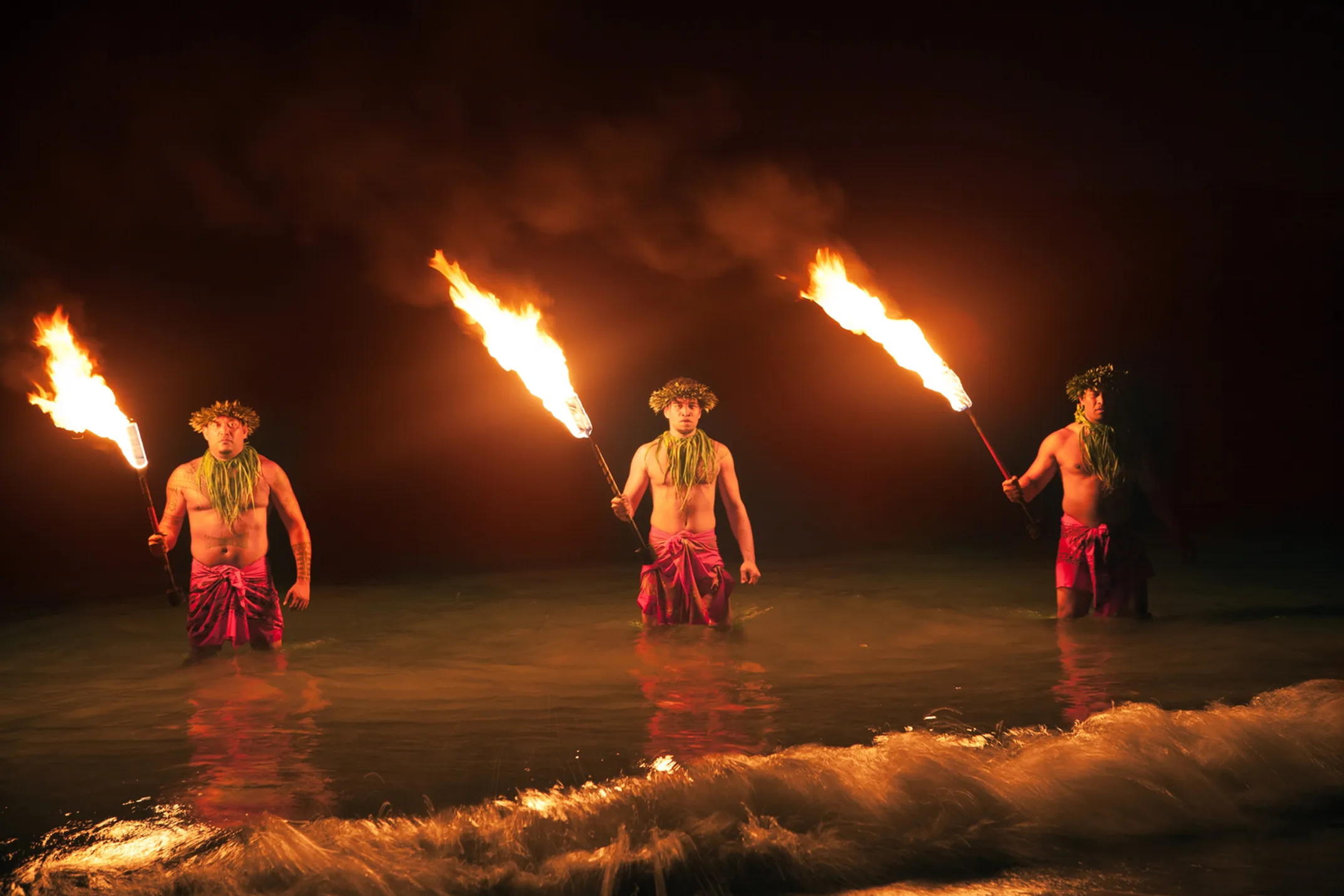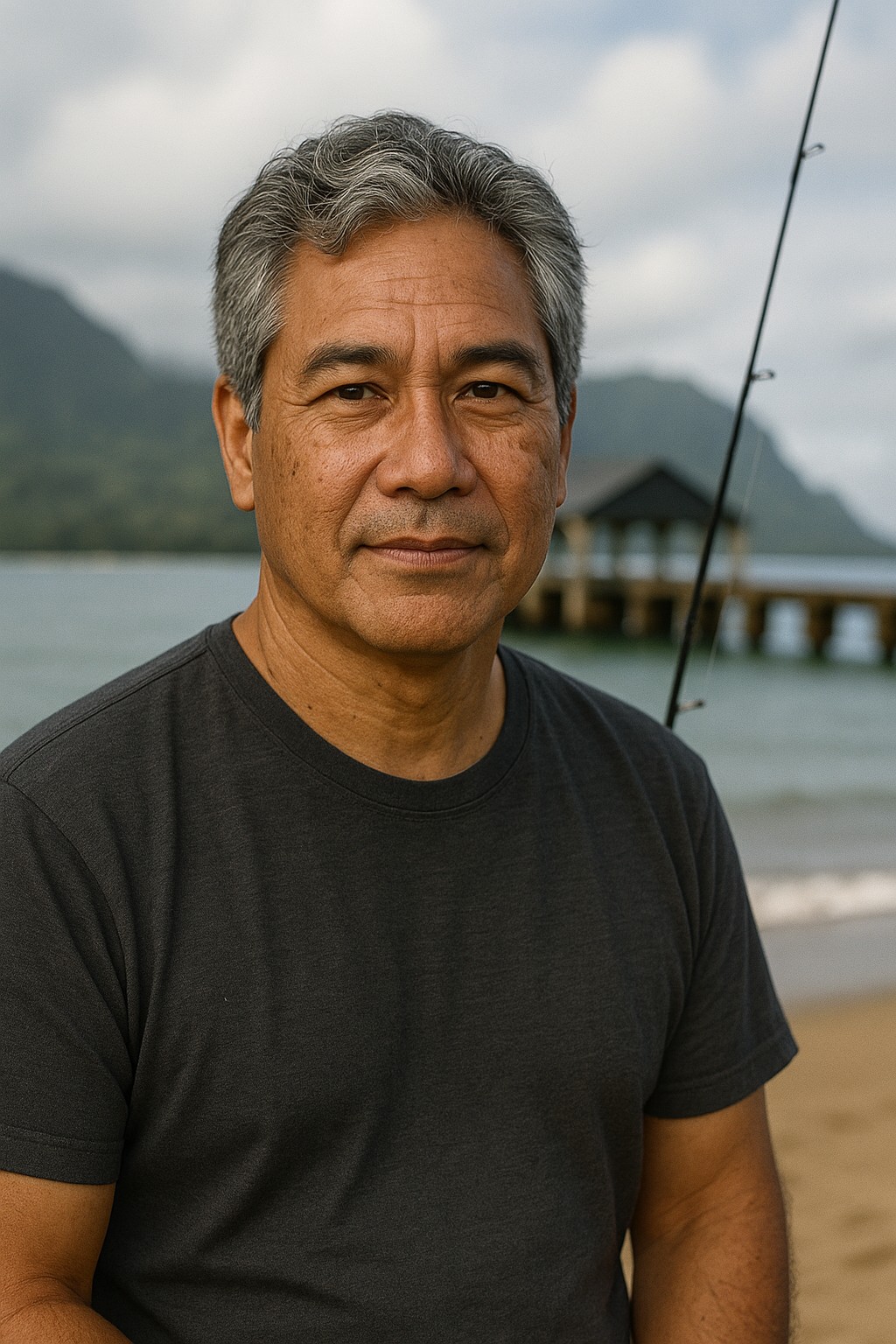

The People Say No
How Hawaiians Resisted Annexation Through Unity and Culture

Written by a Local Cultural Expert
Kalani MillerThe People Say No

When William McKinley became president in 1897, annexation talks resumed. That's when the Hawaiian people mounted one of history's most impressive protest campaigns.
Two organizations—the Hui Aloha ʻĀina for Men and the Hui Aloha ʻĀina for Women—organized petition drives across all islands. Traveling by horseback, boat, and on foot, they reached virtually every Hawaiian community. They gathered nearly 38,000 signatures opposing annexation—over 95% of the adult Native Hawaiian population.
A delegation led by James Keauiluna Kaulia traveled to Washington and joined with Queen Liliʻuokalani to lobby against the annexation treaty. Their efforts succeeded. The treaty failed to get the required two-thirds majority in the Senate.
The Petition Campaign
The scale and organization of this resistance was remarkable. Hawaiian women led much of the effort, traveling to remote valleys and isolated communities to gather signatures. They conducted meetings in Hawaiian, explained the implications of annexation, and documented the overwhelming opposition to American control.
The petitions weren't just names on paper. They represented a unified voice saying that Hawaiians wanted to maintain their independence and sovereignty. Each signature was an act of resistance, a declaration that the Hawaiian people had not consented to foreign rule.
👨 Hui Aloha ʻĀina (Men)
Men's organization that coordinated resistance efforts and gathered petition signatures across all Hawaiian islands.
👩 Hui Aloha ʻĀina (Women)
Women's organization that led much of the grassroots organizing and education about annexation's dangers.
📃 38,000 Signatures
Nearly every adult Native Hawaiian signed petitions opposing annexation - a 95% opposition rate.
🏛️ Washington Delegation
Hawaiian representatives traveled to lobby Congress and successfully blocked the annexation treaty.
Cultural Resistance in Captivity
Even in captivity, Liliʻuokalani continued her resistance through culture. She composed songs of protest and loss, including "Aloha ʻOe," which became world famous. She and her companions created the Queen's Quilt, stitching the story of the overthrow into fabric when no other form of protest was allowed.
This cultural resistance was profound. When denied political voice, Hawaiians turned to traditional arts to preserve their story and express their resistance. Music, quilting, and storytelling became vehicles for maintaining Hawaiian identity under foreign rule.
The Newlands Resolution: Constitutional Violation
But when the Spanish-American War started in 1898, annexation supporters found their opening. They reframed Hawaiʻi as a "military necessity" for the war in the Philippines. Knowing they could never win a treaty vote, they abandoned the constitutional process entirely and passed annexation through a simple congressional resolution—the Newlands Resolution.
This was a clear violation of constitutional law. The Constitution requires treaties for territorial acquisition, which need two-thirds Senate approval. A simple resolution only needs a majority. It was a legal sleight of hand that bypassed both the Constitution and the clearly expressed will of the Hawaiian people.
On July 7, 1898, President McKinley signed the resolution. The sovereign Hawaiian Kingdom became a U.S. territory through what international lawyers today recognize as an illegal occupation. No consent. No vote by the Hawaiian people. Just raw political power exercised during wartime.
Legacy of Resistance
The resistance campaign of 1897-1898 established a pattern that continues today. When their political rights are threatened, Hawaiians organize, educate, and resist. The methods change, but the spirit of aloha ʻāina—love of land and people—remains constant.
This wasn't the end of Hawaiian resistance. It was the beginning of a long struggle to maintain cultural identity and fight for political rights that continues to this day. From the territorial period through statehood to the modern sovereignty movement, Hawaiians have never stopped saying no to injustice.
ℹ️ The Resistance
- Petition Drive: 1897-1898
- Signatures: 38,000
- Opposition Rate: 95% of Hawaiians
- Treaty Vote: Failed in Senate
- Final Annexation: Illegal resolution
🌺 Resistance Leaders
- Queen Liliʻuokalani
- James Keauiluna Kaulia
- Emma Aima Nawahi
- Hui Aloha ʻĀina members
- Local organizers
✊ Resistance Methods
Grassroots organizing across islands
Direct appeals to Congress
Music, quilts, and storytelling
Aloha ʻāina organizations

